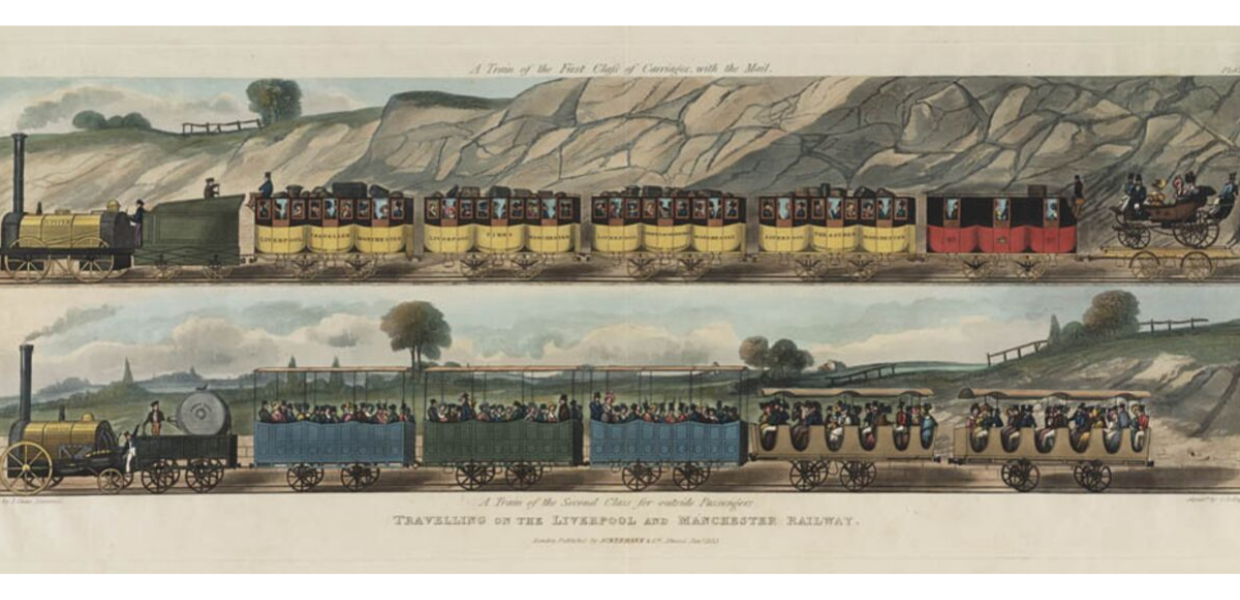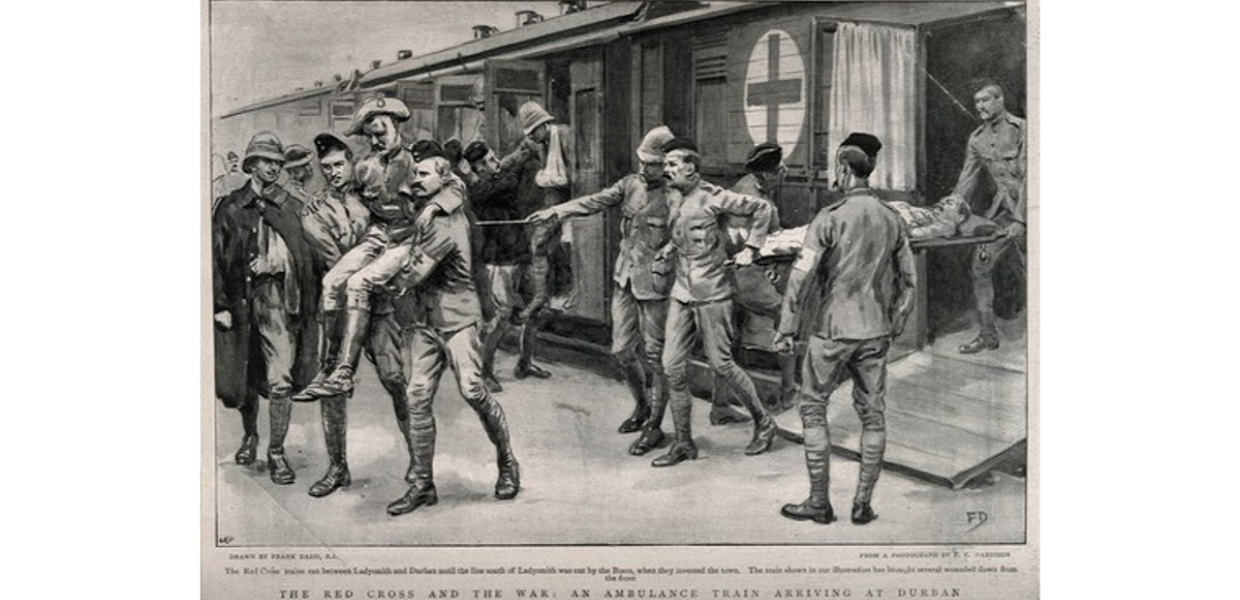Europe at Work: Railways and their role in the classroom
Europe at Work brings stories of our personal working lives together with archive material on industrial and labour-related heritage. Looking at our working lives, we can show students and learners that the working world we inhabit today is rich and varied, and tells the story of technological and societal changes over time.
In this series, we look at how EUROCLIO is using industrial heritage material to create learning resources for educators on their Historiana portal. First, we look at their Railways and Connectivity source collection, which helps students explore the development of railways over time, consider the different ways in which they were used, and evaluate their impact.



